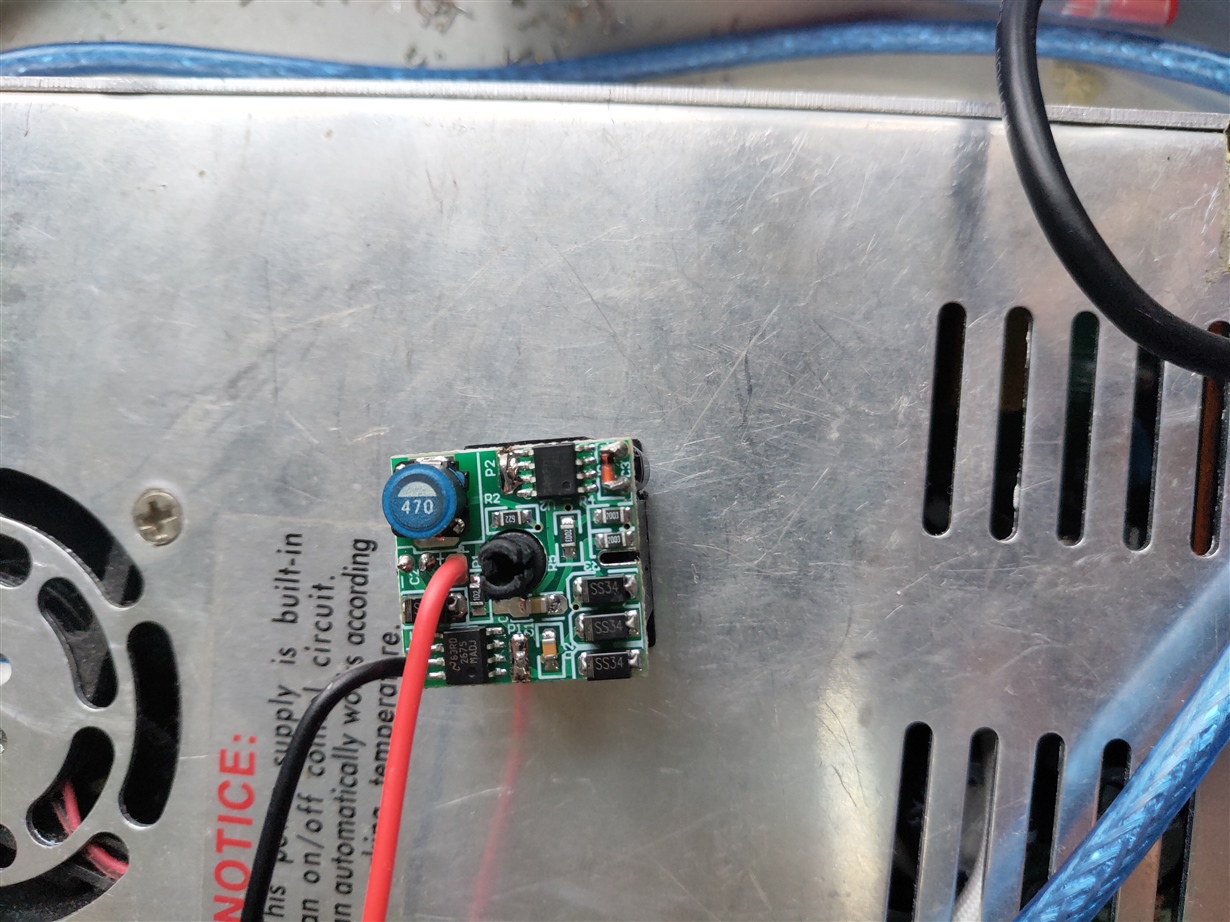Other Parts Discussed in Thread: LM2675, DRV8860, DRV8886
Hi Team,
Now, DRV8806 is used as the control solenoid valve. We can control OUT to output VM and GND to achieve control. OUT can normally control the value of OUT with no load or resistance connected. When connected with solenoid valve, it will enter a protective state and nFAULT is set to 0. However, the manual says that the protective state will only occur under situation of under-voltage, over-current and over-temperature. So what are the possible problems? I expect to hear your opinions. Thank you!


